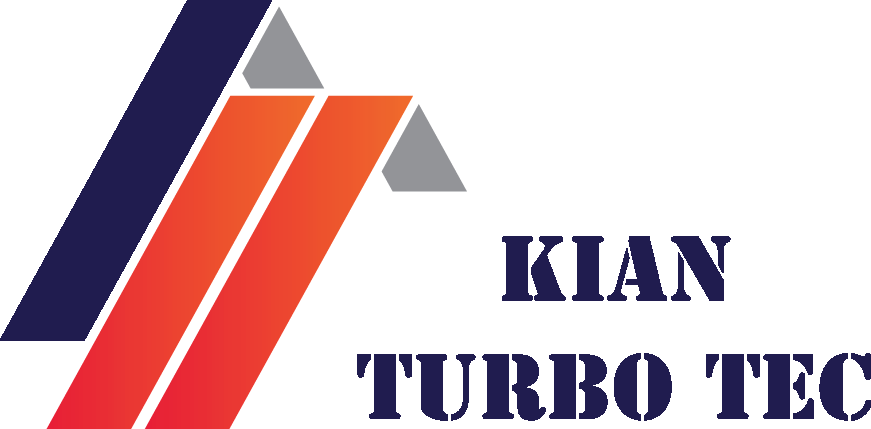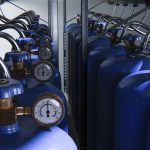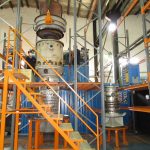Solar Taurus gas turbine upgrades
By habibi
In Articles
Solar Taurus gas turbine upgrades2025-07-142025-07-15https://kianturbotec.com/wp-content/uploads/2021/06/kian-tec-logo1.pngKian TurboTechttps://kianturbotec.com/wp-content/uploads/2022/03/fotolia43794886subscriptionl2-1-1024x538-1.jpg200px200px
Solar Taurus Gas Turbine Upgrades
Enhancing performance, reliability, and environmental adherence while achieving compliance for various power generation and industrial applications can be attained through the Solar Taurus upgrades. The efficiency and output of Solar Taurus gas turbine upgrades declines as they age or run under strenuous conditions. Upgrades are targeted on Solar Taurus turbines to enable facilities to enhance performance beyond nameplate levels.
Understanding the Need for Upgrades
Even popular models such as Solar Taurus gas turbines undergo wear and tear at the hands of thermal and mechancial stress. Routine maintenance is often bypassed which leads to aging system controls, out of date combustors and blades, and obsolete control systems. System performance is directly proportional to the integration of components therefore unplanned downtime is avoided alongside compliance to regulatory requirements.
Common Upgrade Areas for Solar Taurus turbines
1. Turbine Blades and Hot Section Components
New alloys applied to blades and vanes and thermal coatings permits efficient combustion at higher temperatures enabling enhanced energy output.
2. Combustion System Enhancements
Fuel delivery systems and Low NOx combustors improve efficiency and harmful emissions.
3. Control System Modernization
Improved safety and flexibility from remote operations, diagnostics, and digital monitoring are rendered by the upgrading of control systems.
Upgrades in Air Filtration and Cooling Systems
The Solar Taurus turbine upgrades often neglect the air intake and cooling systems. Exhausts and air vents are subject to contaminants over time such as dust, pollen, and industrial exhaust which can create airflow and thermal inefficiencies. Upgraded filters with higher MERV ratings or HEPA-grade filters reduce compression section corrosion and compressor fouling by improving the quality of air intake. Similarly, the use of intercoolers and evaporative cooling systems can greatly reduce the temperature of inlet air, enhancing mass flow rate, and ultimate power output. Beside operational efficiency, these enhancements reduce maintenance frequency, therefore, slowing down the rate of internal component wear and tear. Incorporation with Predictive Maintenance Systems A turbine upgrade is not fully realized with an unchanged maintenance strategy which limits the return on investment. Upgraded Solar Taurus turbines are now and have been integrated with facilities, utilizing machine learning and IoT sensors for predictive maintenance frameworks. These systems capture real time data for vibration, temperature, fuel usage, and pressure changes. Maintenance teams are automatically alerted to take corrective actions when anomalies or degradation patterns have been crossed, allowing maintenance before performance drops or failures. This method supports industrial trends of digital transformation while minimizing unplanned downtimes.
Recent Posts




